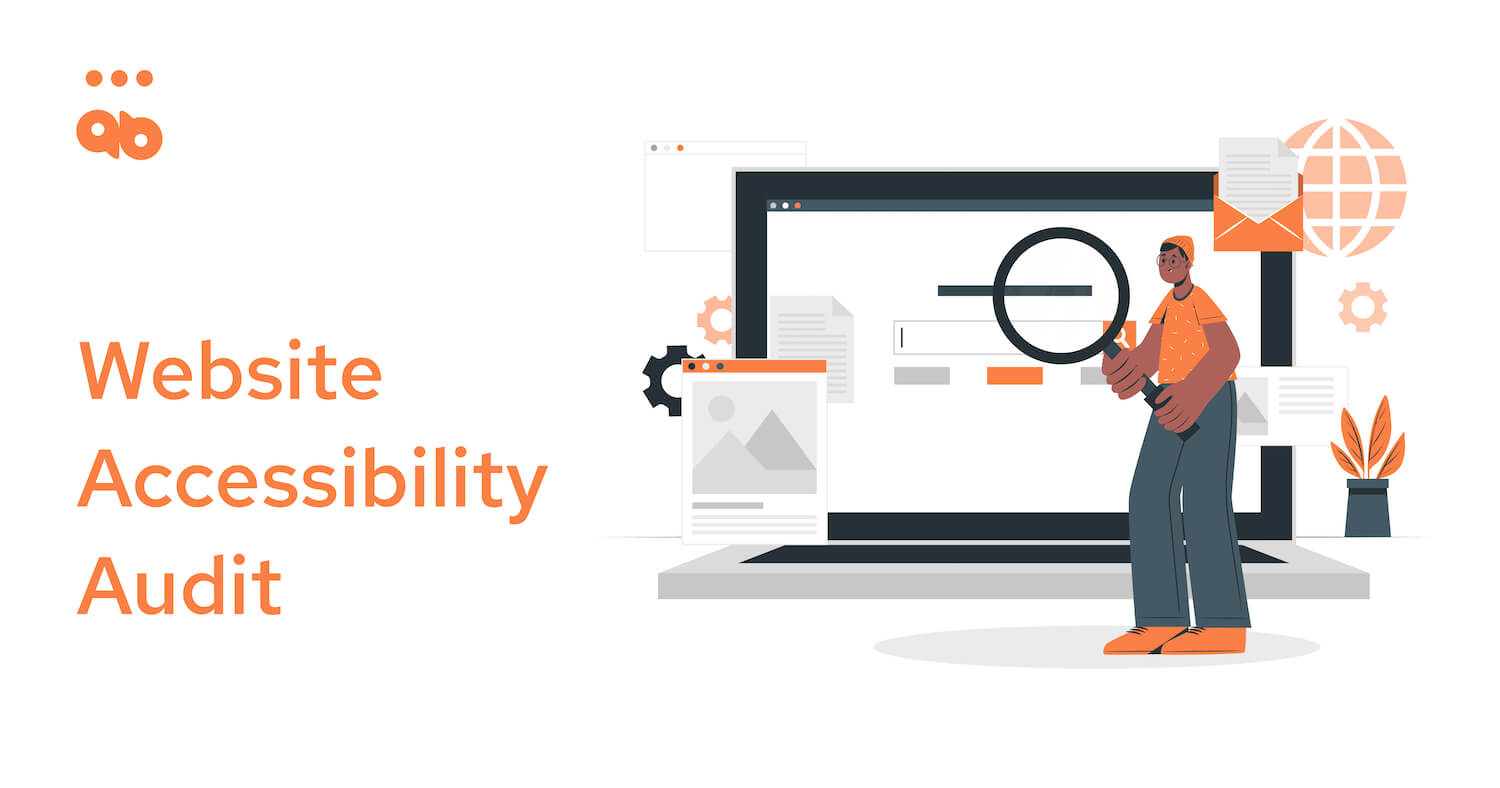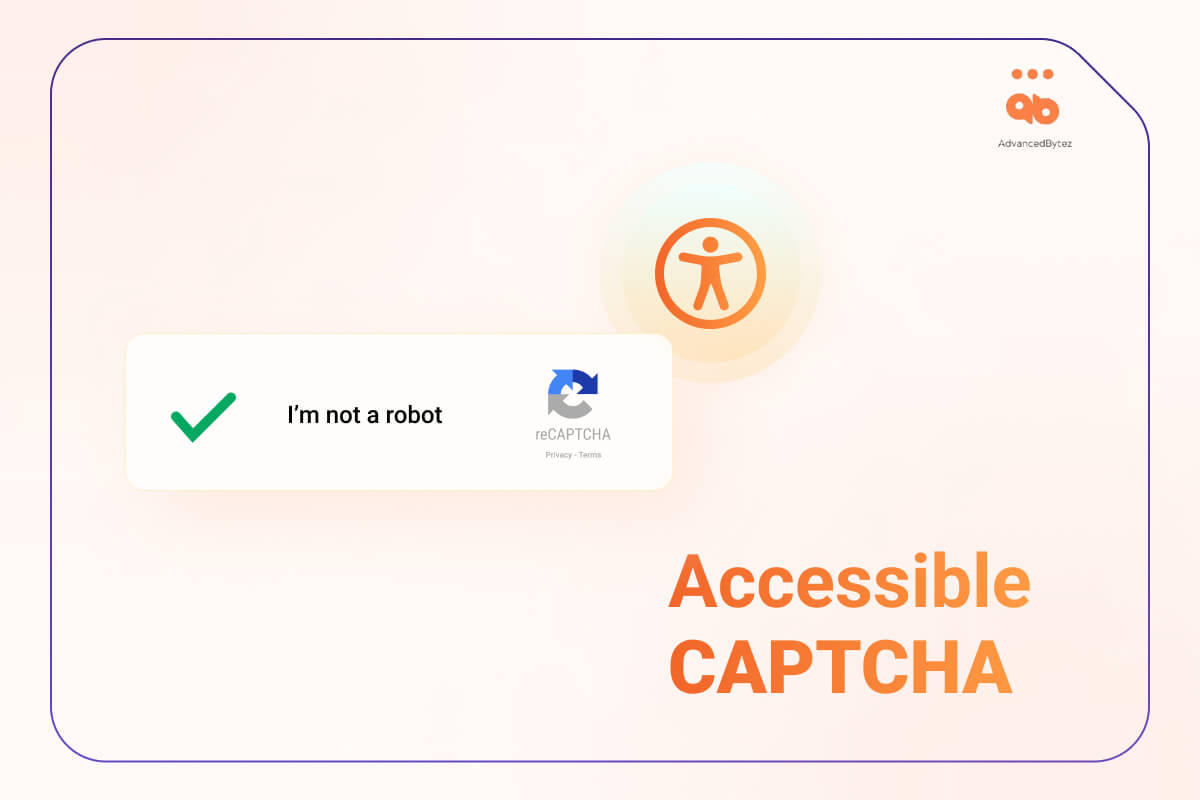If you are new to Accessibility and it is confusing for you, let us help you out. Website Accessibility is a method of removing barriers to the how users with disabilities interact with and consume information on your website.
A web accessibility audit process is a detailed analysis of your website to find out how accessible it is to users with disabilities. The end goal of an audit is to identify accessibility errors measured against the Web Content Accessibility Guidelines (WCAG). By incorporating accessibility into your website, it not only benefits people with disabilities but also the usability for all users.
As of 2020, 64% of organizations have made an enterprise-wide accessibility commitment, and it is a sharp increase of 59% from 2019. This establishes the growing necessity of accessibility across different business sectors.
You might have all this information on Accessibility Audits at work, or online and it can be daunting. If this is you and don’t know where to start, we are here to help you out. Find out more about accessibility audit, and start your journey by preparing a website accessibility audit checklist.
Table of Contents
What is a web accessibility audit?
An accessibility audit involves performing functional, automated and manual tests on your website to identify accessibility violations. To perform an accessibility audit, experts use any combination of the testing methods mentioned above to uncover the maximum number of accessibility bugs.
Automated testing is great for identifying easy to fix accessibility errors, and for continuous monitoring of the website. However, only automated testing is not sufficient when it comes to accessibility testing and can identify 25-30% of the errors. A manual code review test of each web page has to be performed to uncover bugs that are hidden for automation.
An example is the presence of alt text. Alt text is a brief image description usually limited to 125- 200 characters that provides context for why the image was used in the content. Alt text is necessary for screen readers to announce out loud for uses who cannot see or have trouble seeing the image.
An automated checker will only detect the presence of the alt text. For example, image.jpg can be inserted as alt text and it will pass the check, but it wouldn’t be relevant for a screen reader. This is a situation that calls for manual intervention where a human must check the presence and relevancy of alt text.
The next couple of sections will cover more on web accessibility audit, their types, and why accessibility audit matter for your businesses.
What are the types of accessibility audits?
Multiple types of web accessibility audits are available to businesses. However, it ultimately depends on the operations and your accessibility goal.
If initially evaluation is the only focus, a risk audit would be suitable. This form of accessibility audit is more concerned about finding the accessibility and usability blocks in your website.
Similarly, if you are more concerned about the accessibility status of your UI and UX, you will require a design audit.
Here is a list of different types of accessibility audits that businesses might select depending on their accessibility goals:
1. Evaluation Audit
An evaluation audit in accessibility testing can be thought of as the base level audit. It determines critical bugs that people with disabilities may encounter when interacting with your website. However, a risk accessibility audit report doesn’t include the fixes and recommendations.
2. In-depth Audit
An in-depth or detailed accessibility audit is the most extensive type of testing. The purpose of this type of audit is to identify all the improvement areas on your website based on your preferred accessibility standards.
The most common types of accessibility standards against which web accessibility audits are performed, include WCAG 2.0 – A/AA/AAA, WCAG 2.1 – A/AA and Section 508. This type of audit requires both automated and manual testing.
With this type of accessibility audit, you will be receive a granular accessibility report, containing all the major accessibility violations with screenshots, videos, reproduction steps and the recommended actions to fix them.
3. Validation Audit
The next type of accessibility audit on our list is validation audit. It is an add-on to the in-depth accessibility audit that already took place.
Based on the audit findings once your developers have made the recommended fixes to the website, a quick re-audit has to be conducted verify that the changes have actually been made. You can conduct a validation audit on a single web page, a set of web pages, or a complete website.
A validation audit helps in authoring a VPAT or a Statement of Conformance.
4. Design Audit
A design audit may be performed on UX and UI wireframes to ensure they are compliant with the accessibility guidelines. Since UI is a major building block of any website, it is critical to carry out the testing during this phase to avoid future potential rework post development.
The shift left approach to accessibility development relies heavily on building accessibility into design.
5. Usability Audit
Another type of audit that businesses can perform is called usability audit. People with various disabilities are involved in Usability testing and it is the ultimate form of a usability audit. It is usually the most expensive and time consuming for of an audit.
Why does Web Accessibility Matter?
Wondering why you should sign up for a web accessibility audit? Well, that’s a fair question. Let us break down to you the reasons:
- There are legal risks involved
The number one reason behind opting for an accessibility audit is to avoid any legal risks. Did you know that 2352 web accessibility lawsuits were filed against various US businesses in 2021? With the growth of online purchases post-pandemic, it is evident that more users will start relying on websites.
As a result, users will have a bigger impact if your website is not accessible. This could easily result in a lawsuit against your company, with $400 or more legal fees. American legislation Americans with Disabilities Act, Rehabilitation Act, and Air Carriers Access Act, strictly oppose discrimination against people with disabilities.
So, it is always a good idea to run an accessibility audit on your website and make necessary changes.
- Web accessibility boosts your website’s potential
Apart from avoiding the legal risks, building an accessible website has many other benefits. An accessible website is something that everyone can use, irrespective of any disabilities. This can help you build the brand image of inclusiveness and grow your brand’s potential in the target market.
If you perform an accessibility audit, you’ll gain the confidence that your website is creating a welcoming experience for the specially-abled people, and they won’t have a discriminating experience.
- Take the first step towards remediation
Performing an accessibility audit is the first step toward remediation. If you don’t know what is wrong with your website and the backlogs in gaining accessibility, how do you take the actionable steps?
An accessibility audit can take place with both manual and automated methods. The accessibility report will provide detailed insights into the areas of improvement and how you take actionable steps to rectify those accessibility mistakes.
Final Words
Web accessibility audit helps organizations begin their journey to build an inclusive website. The type of accessibility audit or the benefits associated with each audit may vary from vendor to vendor, but generally speaking you could request any of the above mentioned audits. There is no best or ideal audit that will you should perform, and it is dependent on where in the life cycle of a website you need help. However, if the accessibility audit comes with actionable insights into your current accessibility status, it becomes simpler for you to take your website in the right direction.




